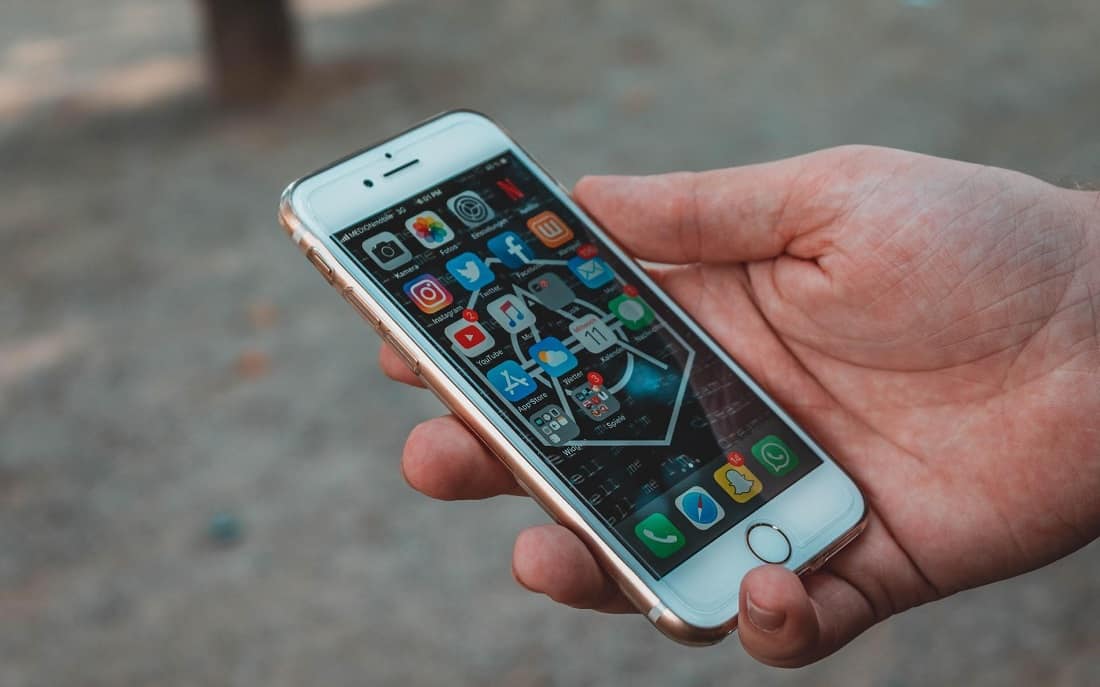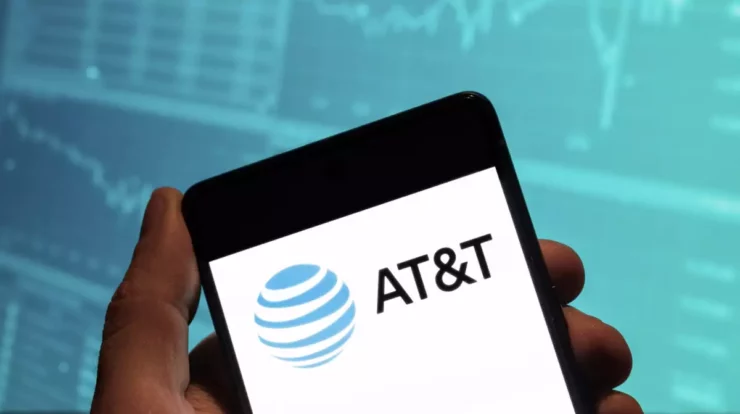
2020 has been quite the year. With the spread of the COVID-19 pandemic globally, millions of companies and individuals have had to make far-reaching adjustments to day-to-day life and business. In saying this, one of the industries that have truly benefited from the pandemic has been the eCommerce industry.
Online retailers all over the globe have reported a substantial increase in traffic, leads, and sales. In fact, many companies described the beginning stages of lockdown as an extended form of Black Friday.
For those brands not online, or with limited functionality online, a rapid transition in operations and marketing has had to take place. Together with an increased online offering has been the increase in mobile app presence. Not only have brands gone online, but they have gone mobile too. Research has shown that out of the seven billion people in the world, 5.2 billion have access to a mobile device. With these mobile facilities, the popularity of apps has radically increased, with 209 billion app downloads in 2019, totaling a $462 billion revenue in the industry.
We took a look at why apps are gaining so much popularity and how you can use that to your advantage. Below are some of our top tips on how to create an app and make money from it once it’s launched on the market.
Solve Your Customer’s Problem
The first step that you should take is to identify what problem your app is going to solve for your customer. How can you make their life easier, and your conversion rate higher? Take a look at some of the most successful apps globally. Online retailers allow customers to quickly and easily pick out the products that they want, pay for them in one swift motion and either have it delivered, or pick it up at their discretion.
Apps are all about speed, efficiency, and convenience. The customer simply does not want to fill out their delivery details every time they shop. In the same way, they do not want to keep entering their credit card details to get bread and milk delivered. The app allows the customer to jump online, pick, and pay from their already created profile. Remember, creating a new profile and complicated checkout processes are the biggest reasons for abandoned carts. So take out this roadblock.
Apps also allow your customer to communicate and engage with you quickly and easily. If they have a question or need troubleshooting, hopping on an app and either using the chatbot services or instantly getting your contact details takes out the frustration of time-consuming wait time.
Map Out The Features of the App
The next thing you need to ask yourself is how are you going to make your app stand out. What is going to set you aside from your competitors? Technology today allows you to create and make use of features that were never possible before. And the good news is that there is still plenty more growth.
Keep in mind, when you are designing your app that the mobile device holds many features that you can make use of. The microphone, camera, GPS, contact list, and compass are just some examples of elements that you can utilize to make your app more user-friendly.
Two huge trends hitting the app and mobile world right now are voice technology and augmented reality. Take voice, for example. You can create a platform in which your busy customer can search or request products through voice search, cutting down searching time even further. Or, look at augmented reality. The customer can make use of their camera and “try on” that new blouse, or see what the couch will look like in the living room. The options are endless.
Consider the User Journey
Your app needs to reflect everything about your brand. From the minute your customer enters the app, all the way to check-out and even delivery, your customer needs to feel like they are on your brand journey.
Each touchpoint needs to be specifically optimized to surprise and delight your customer. It is important to regularly go through your app and make updates and tweaks to improve the experience.
To get this journey right, you will need to focus on the UX design of the app. UX describes the subjective experience that your customer has with your app. An app is incredibly different from a web browser, whether mobile or desktop. The screen is smaller, the connection and network may be slower or limited and people hold their devices differently when on an app.
UX design focuses on these four main elements:
- Your app needs to be closely aligned with your brand and your website. Although some features might differ, there does need to be consistency in content, imaging, and color schemes.
- Keep in mind that your customer is working off a smaller screen as well as possible network issues. Cut the clutter and only keep what’s necessary on the app.
- Gesture-based navigation. Consider how someone holds their phone. Tapping, swiping, and scrolling movements will be very different, so make sure you have your pages optimized for this.
- Instant gratification. As mentioned before, auto generated information is important in apps. Credit card information, billing, and shipping addresses, as well as customer preferences, are important auto generated information to have on the app.
A/B Test Everything
Before actually launching your app, you will need to build up an MVP. This is a minimum viable product that is built as a functional prototype to show the key features that will be included in the app. You will be able to give this over to a select audience for them to test and play around with the app.
From this, you will be able to see how your customer behaves and interacts on the app and can get feedback on the functionality. This will allow you to ascertain what features work and what can be excluded before going live to your audience.
The MVP aside, A/B testing is critical for your live app and should be done regularly and with any changes that you make to it. From a new CTA to a change in content or images, test out two different options first to see what converts higher before making the permanent change.
It is important to continually monitor and measure the success of the app. From the number of active users to their behavior on the app, you can keep adapting to keep it to make sure that it stays relevant for your target audience.
Wrapping Up
A rule of thumb with your app is to simply consider what you would want out of the app if you were the customer. It could also be worth your while reaching out to your target audience and your established customer base and asking them what they are looking for. Spend time regularly researching new trends and technologies that can be integrated into the app, and don’t be afraid to try new things. Lastly, keep testing and monitoring your customer’s response.



